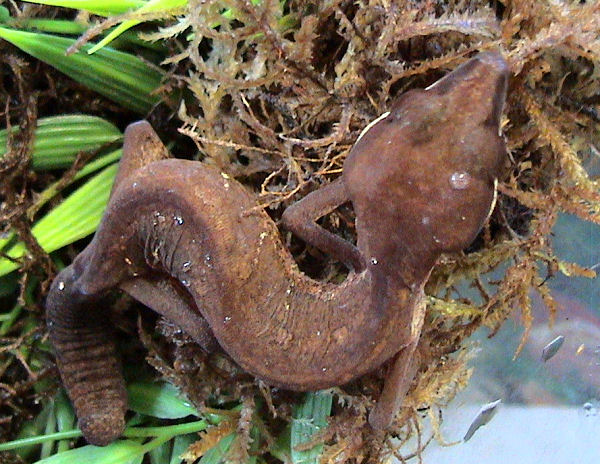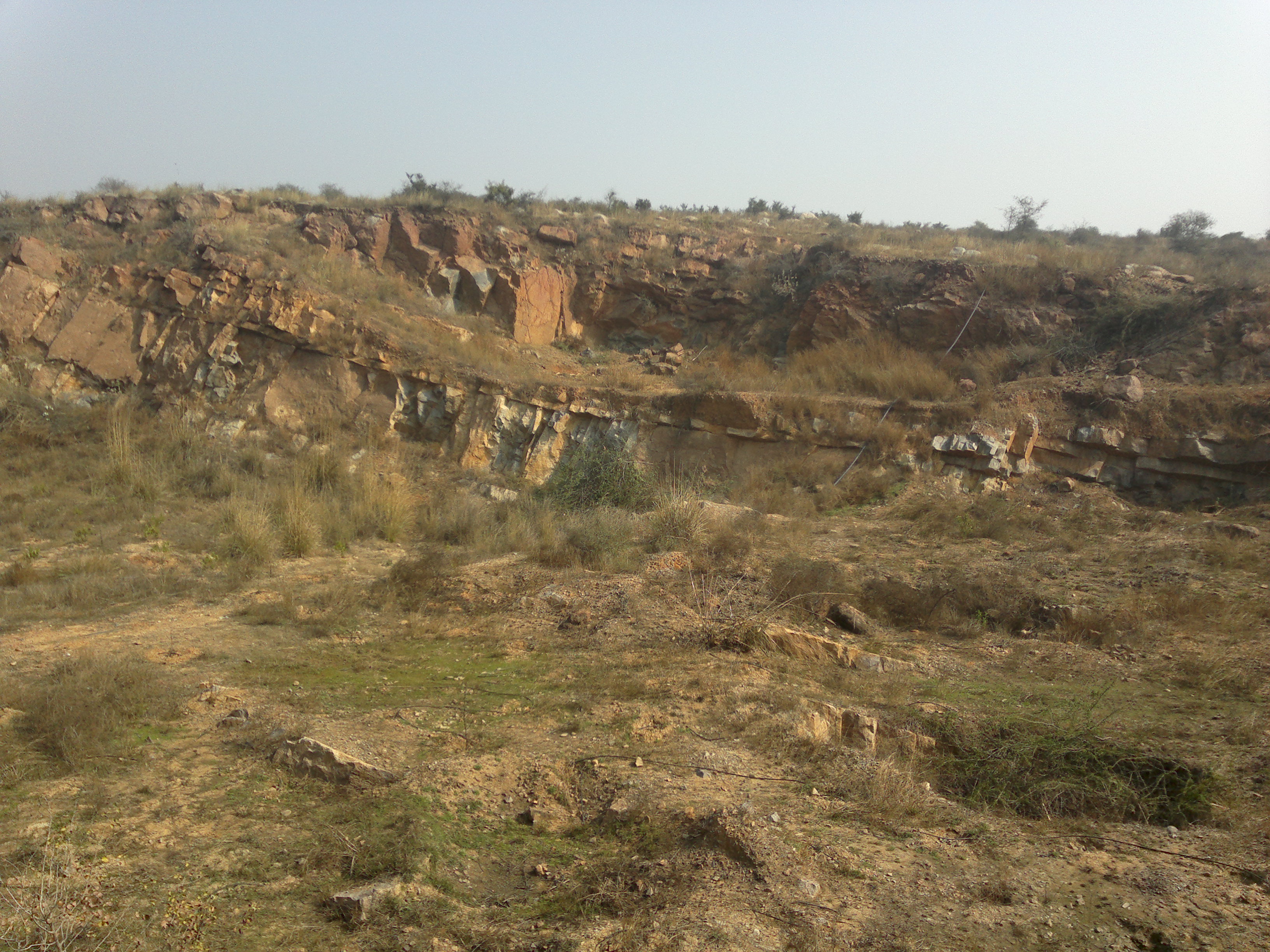|
Eublepharinae
The Eublepharidae are a family of geckos (Gekkota) consisting of 43 described species in six genera. They occur in Asia, Africa and North America. Eublepharid geckos lack adhesive toepads and, unlike other geckos, have movable eyelids, thus commonly called eyelid geckos. Leopard geckos (''Eublepharis macularius'') and African fat-tailed geckos (''Hemitheconyx caudicinctus'') are popular pet lizards. Genera The following genera are considered members of the Eublepharidae: References Geckos Geckos are small, mostly carnivorous lizards that have a wide distribution, found on every continent except Antarctica. Belonging to the infraorder Gekkota, geckos are found in warm climates throughout the world. They range from . Geckos ar ... Lizard families Taxa named by George Albert Boulenger {{gecko-stub de:Eublepharidae sv:Eublepharidae ... [...More Info...] [...Related Items...] OR: [Wikipedia] [Google] [Baidu] |
Hemitheconyx Caudicinctus
The African fat-tailed gecko or fat-tail gecko (''Hemitheconyx caudicinctus'') is a ground-dwelling species of gecko from West Africa and Cameroon. Description The African fat-tailed gecko is from the subfamily Eublepharinae. This subfamily has clearly different characteristics from other geckos. They are terrestrial, and have moveable eyelids, vertical pupils, and no adhesive lamellae. The African fat-tailed gecko is typically around 7–8 inches, with females being slightly smaller than males. Normal coloring is brown and tan/beige stripes, with a possible thin white stripe along the length of the back. The underbelly is pale pink or off-white. Distribution and Habitat The African fat-tailed gecko is found in West Africa, from Senegal to Nigeria, extending marginally to Central Africa (northern Cameroon). Within their range, these geckos are found in the dry Sahel habitat, as well as in wet or dry savannah habitat. African fat-tailed geckos will spend most of their ... [...More Info...] [...Related Items...] OR: [Wikipedia] [Google] [Baidu] |
Common Leopard Gecko
The leopard gecko or common leopard gecko (''Eublepharis macularius'') is a ground-dwelling lizard Lizards are a widespread group of squamate reptiles, with over 7,000 species, ranging across all continents except Antarctica, as well as most oceanic island chains. The group is paraphyletic since it excludes the snakes and Amphisbaenia alt ... native to the rocky dry grassland and desert regions of Afghanistan, Iran, Pakistan, India, and Nepal. The leopard gecko has become a popular pet, and due to extensive captive breeding it is sometimes referred to as the first domesticated species of lizard. Taxonomy Leopard geckos were first described as a species by zoologist Edward Blyth in 1854 as ''Eublepharis macularius''. The genus, generic name ''Eublepharis'' is a combination of the Greek language, Greek words ''eu'' (good) and ''blepharos'' (eyelid), as having eyelids is the primary characteristic that distinguishes members of this subfamily from other geckos, along with a l ... [...More Info...] [...Related Items...] OR: [Wikipedia] [Google] [Baidu] |
John Edward Gray
John Edward Gray, Fellow of the Royal Society, FRS (12 February 1800 – 7 March 1875) was a British zoology, zoologist. He was the elder brother of zoologist George Robert Gray and son of the pharmacologist and botanist Samuel Frederick Gray (1766–1828). The same is used for a zoological name. Gray was Keeper of Zoology, keeper of zoology at the British Museum in London from 1840 until Christmas 1874, before the natural history holdings were split off to the Natural History Museum, London, Natural History Museum. He published several catalogues of the museum collections that included comprehensive discussions of animal groups and descriptions of new species. He improved the Zoological specimens, zoological collections to make them amongst the best in the world. Biography Gray was born in Walsall, but his family soon moved to London, where Gray studied medicine. He assisted his father in writing ''The Natural Arrangement of British Plants'' (1821). After being Blackballing, ... [...More Info...] [...Related Items...] OR: [Wikipedia] [Google] [Baidu] |
André Marie Constant Duméril
André Marie Constant Duméril (1 January 1774 – 14 August 1860) was a French zoologist. He was professor of anatomy at the Muséum national d'histoire naturelle from 1801 to 1812, when he became professor of herpetology and ichthyology. His son Auguste Duméril was also a zoologist. Life André Marie Constant Duméril was born on 1 January 1774 in Amiens and died on 14 August 1860 in Paris. He became a doctor at a young age, obtaining, at 19 years, the ''prévot'' of anatomy at the medical school of Rouen. In 1800, he left for Paris and collaborated in the drafting of the comparative anatomy lessons of Georges Cuvier. He replaced Cuvier at the Central School of the Panthéon and had, as his colleague, Alexandre Brongniart. In 1801, he gave courses to the medical school of Paris. Under the ''Restauration'', he was elected a member of the Académie des Sciences (French Academy of Sciences) and after 1803 succeeded Lacépède, who was occupied by his political o ... [...More Info...] [...Related Items...] OR: [Wikipedia] [Google] [Baidu] |
Hemitheconyx
''Hemitheconyx'' is a genus of geckos. Both species are found in Africa Africa is the world's second-largest and second-most populous continent, after Asia in both cases. At about 30.3 million km2 (11.7 million square miles) including adjacent islands, it covers 6% of Earth's total surface area .... They are known as fat-tailed geckos and often resemble leopard geckos. Species There are two recognized species in the genus ''Hemitheconyx'': *''Hemitheconyx caudicinctus'' (Duméril, 1851) – (African) fat-tailed gecko *''Hemitheconyx taylori'' Parker, 1930 – Taylor's fat-tail(ed) gecko References Lizard genera Geckos of Africa Taxa named by Leonhard Stejneger {{Gecko-stub ... [...More Info...] [...Related Items...] OR: [Wikipedia] [Google] [Baidu] |
Thomas Barbour
Thomas Barbour (August 19, 1884 – January 8, 1946) was an American herpetologist. From 1927 until 1946, he was director of the Harvard Museum of Comparative Zoology (MCZ) founded in 1859 by Louis Agassiz at Harvard University in Cambridge, Massachusetts. Life and career Barbour, the eldest of four brothers, was born in 1884 to Colonel William Barbour, and his wife, Julia Adelaide Sprague. Colonel Barbour was founder and president of The Linen Thread Company, Inc., a successful thread manufacturing enterprise having much business in the United States, Ireland, and Scotland. Although born on Martha's Vineyard, Massachusetts, where the family was spending the summer, Barbour grew up in Monmouth, New Jersey, where one of his younger brothers, William Warren Barbour, entered the political arena, eventually serving as U.S. Senator from New Jersey from 1931 to 1937 and again from 1938 to 1943. At age fifteen, Thomas Barbour was taken to visit Harvard University, which, entranced by ... [...More Info...] [...Related Items...] OR: [Wikipedia] [Google] [Baidu] |
Goniurosaurus Hainanensis
''Goniurosaurus hainanensis'', also known as the “Chinese Cave Gecko” is a nocturnal species of gecko endemic to the Hainan Island of China China, officially the People's Republic of China (PRC), is a country in East Asia. It is the world's most populous country, with a population exceeding 1.4 billion, slightly ahead of India. China spans the equivalent of five time zones and .... Its common name is the Chinese cave gecko, Hainan Cave Gecko or simply cave gecko. The exotic pet trade has been driving numbers of this rare species down since its categorization in the early 2000s, and could eventually lead to its extinction. In recent years, the population has stabilized. Characteristics They can grow to sizes reaching over 23 centimeters (9 in) long, but often average around 8.5 inches. and are often found dwelling on the sides of rock formations and forest floors. They have typically large red eyes, ranging from maroon to crimson, with movable eyelids much lik ... [...More Info...] [...Related Items...] OR: [Wikipedia] [Google] [Baidu] |
Goniurosaurus Kuroiwae
The Kuroiwa's ground gecko (''Goniurosaurus kuroiwae'') (from Japanese: クロイワトカゲモドキ/ 黒岩蜥蜴擬), also known as the Ryukyu eyelid gecko, Kuroiwa's leopard gecko, Kuroiwa's eyelid gecko, Okinawan ground gecko, or Tokashiki gecko, is a species of lizards in the family Eublepharidae. The species is endemic to the Okinawa Islands in the Ryukyu Archipelago, Japan. Etymology The specific name, ''kuroiwae'', is in honor of T. Kuroiwa, collector of the holotype.Beolens, Bo; Watkins, Michael; Grayson, Michael (2011). ''The Eponym Dictionary of Reptiles''. Baltimore: Johns Hopkins University Press. xiii + 296 pp. . (''Goniurosaurus kuroiwae'', p. 148). Habitat Kuroiwa's ground gecko occurs in subtropical forests in karst limestone areas at elevations below . It forages on small invertebrates in leaf litter at night. References Further reading * Namiye M (1912). "he geckos from the Okinawa Islands He or HE may refer to: Language * He (pronoun), an English p ... [...More Info...] [...Related Items...] OR: [Wikipedia] [Google] [Baidu] |
Goniurosaurus
''Goniurosaurus'' is a genus of geckos, containing 25 species. Members are known by various names including ground geckos, tiger geckos, leopard geckos, and cave geckos Members of this genus are found in China, Japan, and Vietnam. For this reason they are known commonly as Asian geckos. They belong to the family Eublepharidae. Diet Geckos of the genus ''Goniurosaurus'' mainly feed on small insects. Species The following 26 species are recognized as being valid. They can be divided into 4 species groups. ''luii'' group: *'' Goniurosaurus araneus'' (Vietnamese leopard gecko) *'' Goniurosaurus bawanglingensis'' *'' Goniurosaurus catbaensis'' (Cat Ba leopard gecko) *'' Goniurosaurus chengzheng'' (Chengzheng cave gecko) *'' Goniurosaurus gezhi'' *'' Goniurosaurus huuliensis'' *'' Goniurosaurus luii'' *'' Goniurosaurus liboensis'' *'' Goniurosaurus kadoorieorum'' (Kadoories's cave gecko) *'' Goniurosaurus kwangsiensis'' (Guangxi cave gecko) ''lichtenfelderi'' group: *'' ... [...More Info...] [...Related Items...] OR: [Wikipedia] [Google] [Baidu] |



